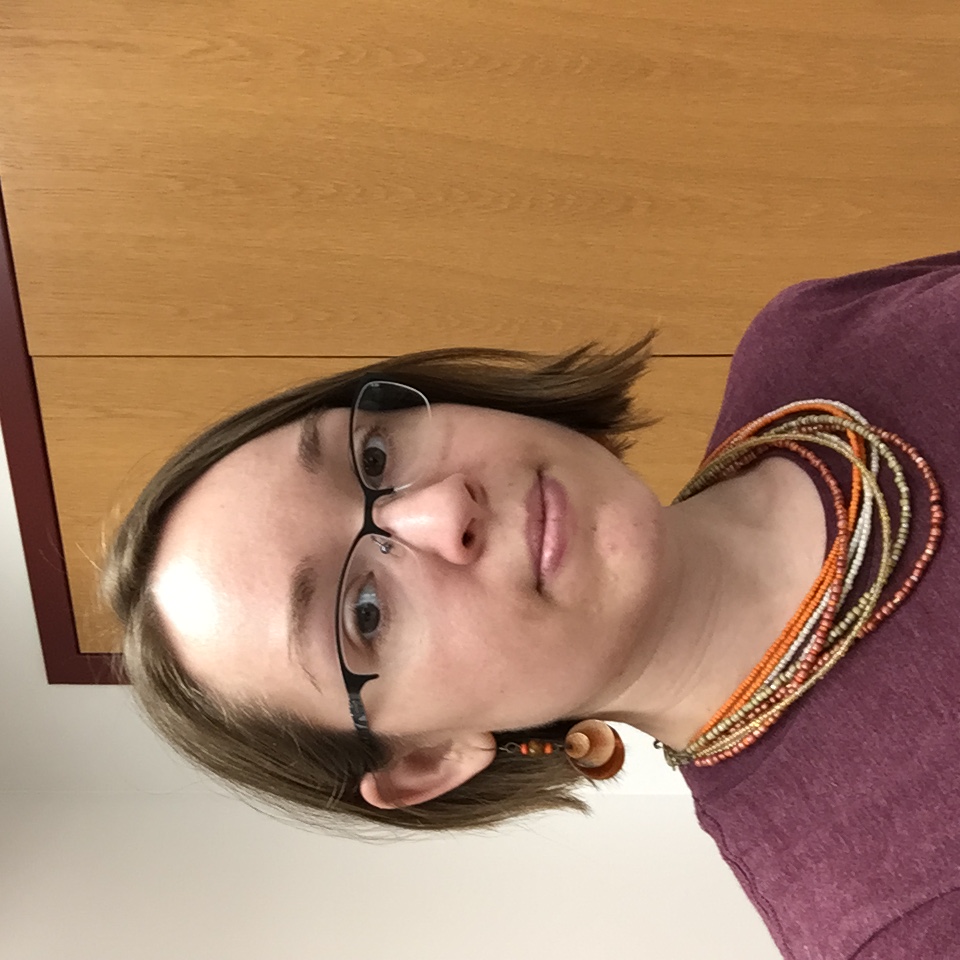Below is a summary of the abstract you submitted. Presenting author(s) is shown in bold.
If any changes need to be made, you can modify the abstract or change the authors.
You can also download a .docx version of this abstract.
If there are any problems, please email Dan at dar78@pitt.edu and he'll take care of them!
This abstract was last modified on May 2, 2019 at 10:53 a.m..

Mycobacteriophage Benvolio was isolated at Virginia Tech from local soil using Mycobacterium smegmatis as a host. Benvolio produced slightly turbid plaques at 37° C and was assumed to be a temperate phage. All evidence from characterization experiments including PCR of the tape measure protein gene, tail length, and a restriction digest suggested that Benvolio belonged to the A2 subcluster. Genome sequencing revealed that Benvolio was indeed a member of the A2 subcluster and that the phage lacks an integrase gene. The majority of A2 phages, including several of Benvolio’s close relatives, have an integrase gene making them capable of utilizing the lysogenic cycle (temperate phage). Benvolio, like closely related Echild, contains ParA and ParB genes close to the location of the missing integrase gene. The ParAB genes are believed to form a putative partitioning cassette which conveys the ability to form lysogens. Lytic phages are sought after as candidates for phage therapy since they are more likely to destroy the target bacteria rapidly. Benvolio warrants further study to determine whether or not it can truly form stable lysogens without an integrase gene.

